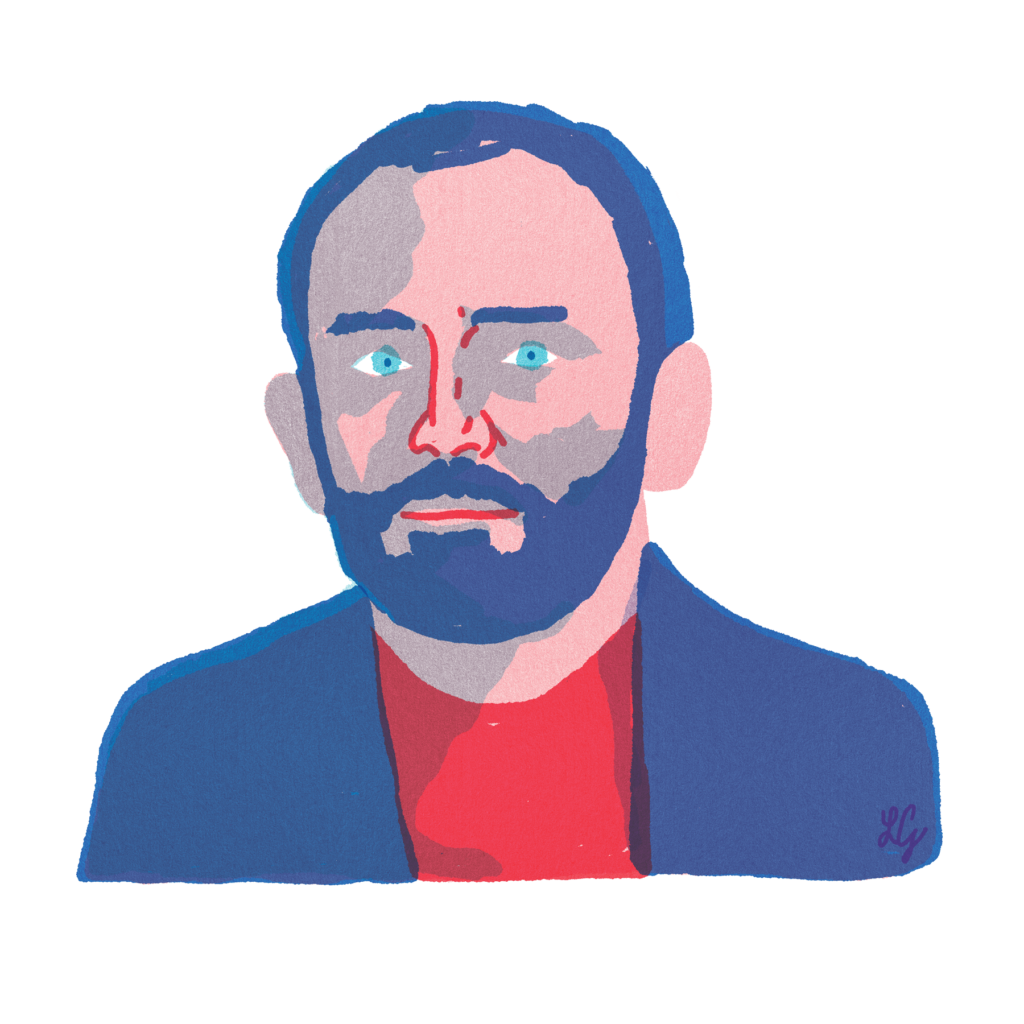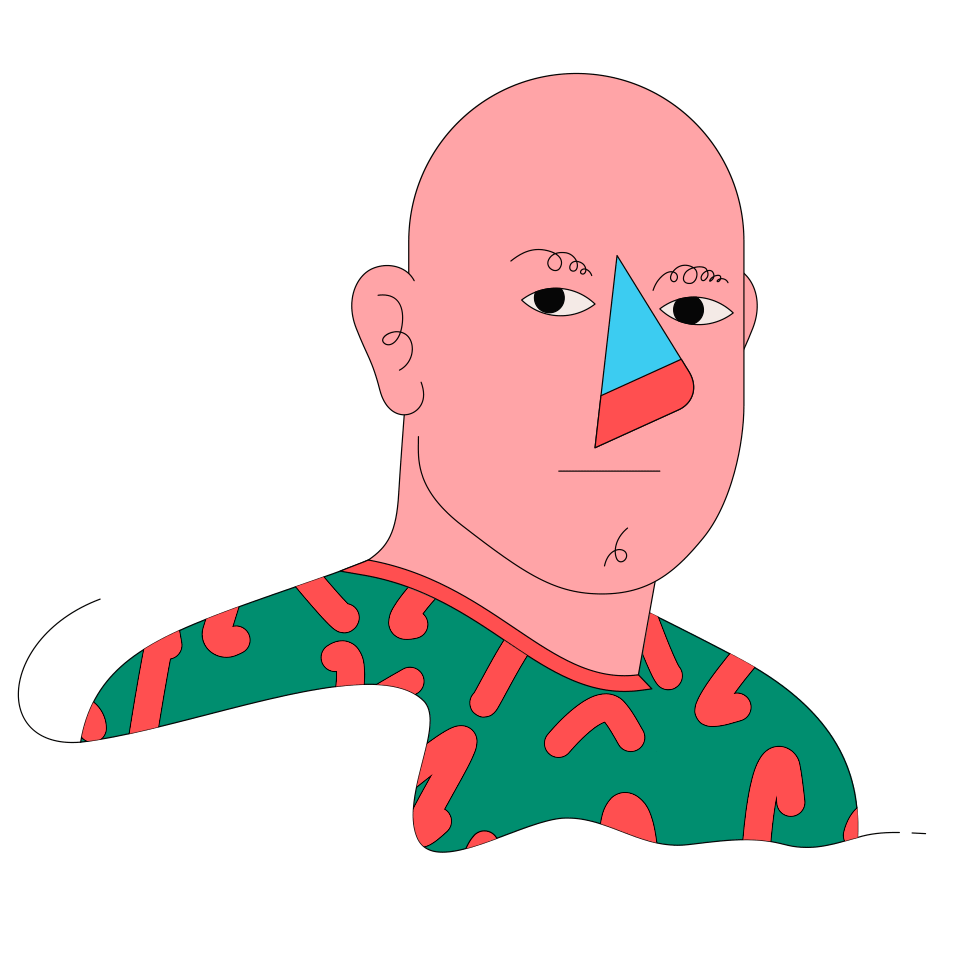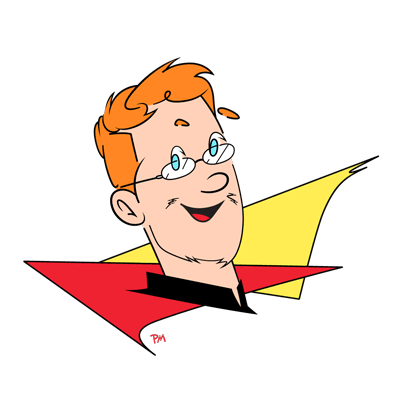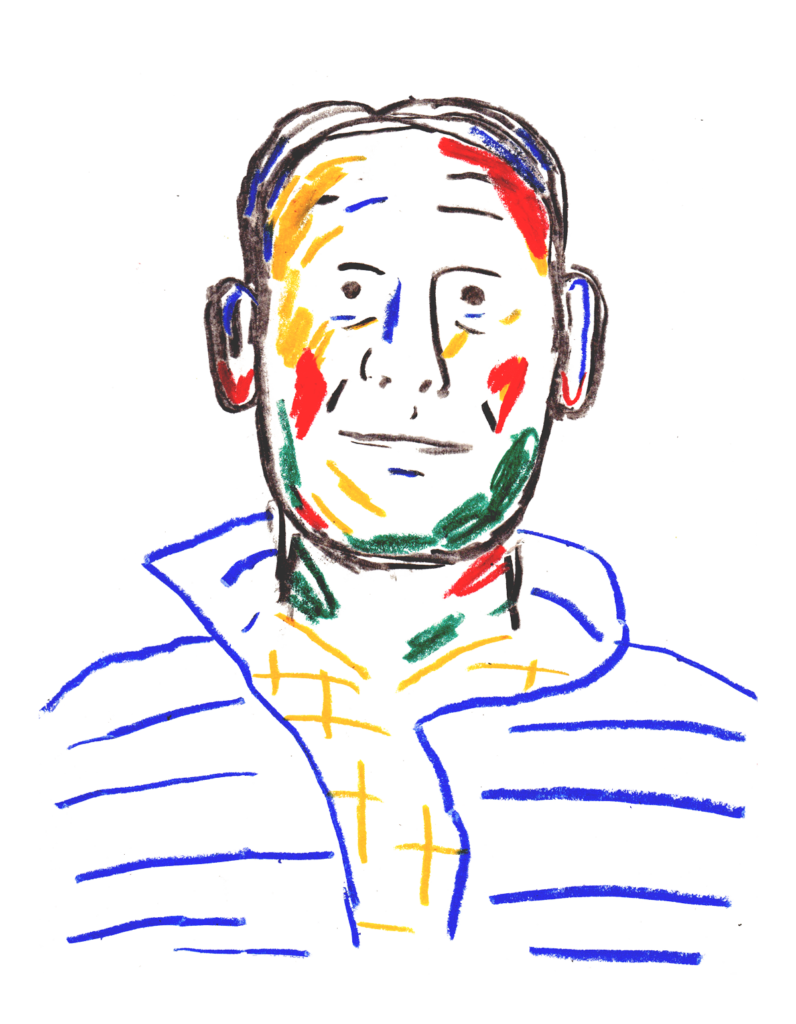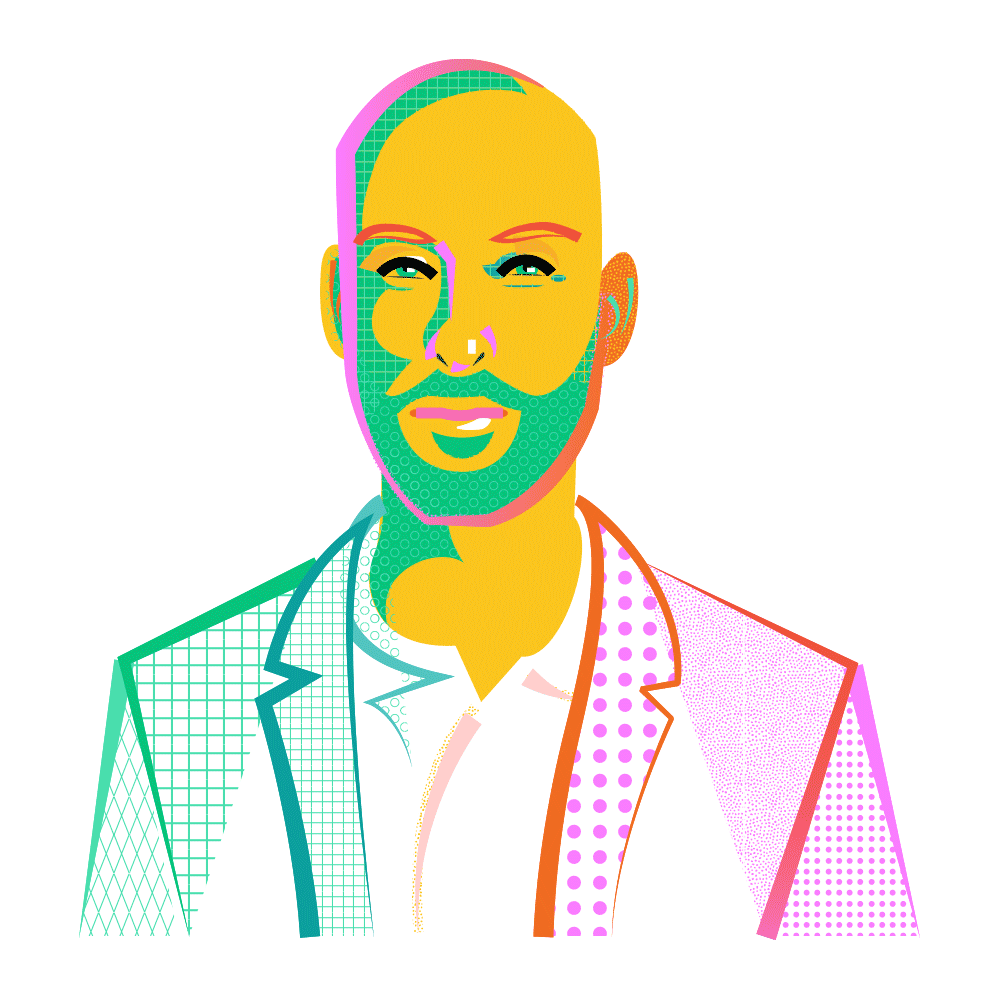You have a great idea. You get together with a couple of friends. You create a startup, struggle to convince investors, raise money, and finally launch it to the market. And yes, in most cases, it will probably fail. We spoke to somebody who changed the rules of the game, using design thinking and business design to rewrite the process. And she did it within Cisco, one of the most powerful giants in Silicon Valley, only a bunch of years after quitting her job of designing shoes in Australia. We talk with the founder of Cisco Hyper Innovation Living Labs Kate O’Keeffee about what it takes to create innovation in 48 hours, raising instant investment, and telling senior executives to shut up and listen to the end-user.
- Ok, just CHILL
- Speed and humanity
- Taking the risk
- How to lead the industry and not be led
- Designing business
- A money first process
- The right recipe for business innovation
- Instant decisions, instant money
- A successful framework
- Fight assumptions
- Design thinking: use it the right way
- A ‘let's just do it’ mentality
What does CHILL mean? How did you come up with it?
CHILL stands for Cisco Hyper Innovation Living Labs or CHILL for short. The two most important pieces of the name are the Hyper Innovation and the Living: they make reference to speed and to human centered design. We put the living back into a lab environment. Cisco is a very large technology company, one of the largest in the world, and we have a lot of very technology and hardware-based laboratories that we use for our innovation and testing and customer support globally. With the name we introduce that living, human element to the tech conversation.
Would you say that speed and humanity are at the core of your initiative?
Yes, speed and humanity are really central. And they are tied together. We think that in order to keep all the human beings that need to be engaged in an innovation project together, it’s incredibly important to move quickly. Sometimes I think, especially in large corporations, we can feel like we have all the time in the world. We can be very used to important projects taking long periods of time. With CHILL, I’ve been asking myself: how do I keep all the stakeholders together? How do we get everybody to decide to move together, and to keep doing that? Moving quickly. People lose attention, they lose budgets, they change jobs. We find that that speed is essential to success.
How did it all start?
We were established in 2016. I had already been at Cisco a long time by then, I joined Cisco in 2010. Cisco brought me in to the BaS business ethics to focus on the culture of innovation, employee innovation, engineering innovation. However, in 2015, I really decided to take a risk, to pivot and focus exclusively on innovation where other corporations, particularly Cisco customers, were investing with us with taking joint risks. I focused on customer involvement and started thinking about ecosystem innovation. So once we started bringing in outside cooperation to invest with us, it became clear that we could extend those muscles to bring in other potty across an ecosystem.
Why did CHILL become so important for Cisco? What shift in the market did you see?
The objective of CHILL was to go through a period in history where it was looking to see a lot of growth in areas of innovation that required industry-wide movement, whether it was the Internet of Things or it was cloud trends, market transitions, or even security. There was no longer a first-mover advantage. We needed to work together with partners in order to catalyze some of the changes that we were looking to see in the marketplace. And so CHILL created this specialization of looking at areas of opportunity that required many different parties to collaborate in order for us to see the shape that we were looking for in the marketplace.
What are the advantages of ecosystem innovation and generating this kind of big movement and big shift within the industry for Cisco?
There’s a few. The main advantage of ecosystem innovation is that you do need to involve many parties in the catalyzation of a market shift. For instance our last Living Lab was focused on securing the digitized supply chain. And if you think about that by its very nature, supply chains are all about collaboration; they’re all about different parties that take up different roles across the supply chain. In that particular CHILL Lab we had Citibank, Intel, GE, DB Shanka and then of course we had Cisco. They all brought very different skills and competencies, so we saw these five giant corporations who all looked at opportunities and problems in this space from a wildly different perspective. We really sort of benefited from that possibility of looking at a problem through different lenses.
The other benefit of course was how when we were piloting the outcomes from the lab, the fact that we all had different roles across each other’s supply chain meant that we could quite quickly pilot together those outcomes and reduce failures. Often the assumption is that the solution that you’re creating with that one other party will have broad applicability and will be able to be marketed to other folks in the marketplace and other corporations. And what we’ve seen within Cisco is that often that’s not the case. Often those projects become what we call science experiments. They become very niche, very targeted and for a corporation of our scale and that particular garden market structure that’s just not feasible. So it’s really important to, at the very nascent stage of thinking about an idea and its applicability to a marketplace, go shoulder to shoulder with a number of different corporations to see if it can succeed.
You defined your process of bringing together senior Cisco executives, corporate partners, investors, and end-users as “unique”. Why is that and what are the advantages of involving so many different figures in the game? CHILL Labs are peer-to-peer, everyone’s an equal and so are their opinions. Anyone from janitor to CEO is safe to say “hey, that’s a crap idea.” How did you manage to build this environment and can you explain the design?
I went through a rather long process before designing the lab, recruiting the customers or the corporate partners and finding the ideal focus area that we all share. So whilst the CHILL Lab itself takes place in about 48 hours, I have usually been thinking about percolating designing a lab for four or even six quarters before it takes place.
Why it takes so long to bring together?
One of the reasons for this process of recruitment is for all the perfect corporate partners to join the process. I need large corporations that are motivated to operate in the same space, have truly complimentary skill to CISCO where Cisco can really learn from that corporation. Often there’s just not a lot of chemistry, almost like romantic chemistry, between Cisco and other corporations. I have to find a company that’s a good fit in terms of being able to learn from them but also them being able to learn from us.
Once we’ve come together, I interview the senior executive team. We usually meet 15 to 20 folks from across that corporation in order to find the ideal team members and focus areas that we both share. So Cisco shares with that other corporation and then we add partners slowly to that mix based on how we think they can contribute to that conversation. Each corporation needs to have every senior leadership buy in and sponsorship of the exercise.
Why do you need seniors?
What I call innovation, by its nature, ends up being a very top down innovation approach. You really can’t do things like sign an intellectual property sharing agreement, make substantial upfront incubation investment, without very senior levels of sponsorship. We require the company partners to join CHILL lab, and a senior level of buying in terms of the executive sponsor, often a CEO, or a COO, or a CIO sometimes.
And money, I guess.
Yes, we also require an upfront investment. It’s $200,000 for those corporations to join CHILL Lab, which buys an equal access to the intellectual property that’s created and an equal chance to participate in the pipeline of joint and shared outcomes. We usually have five large joint projects coming out of a CHILL Lab and your participation is covered in that front investment. We find that really important cause it helps us focus on those companies. We do a lot of work with these companies prior and then we spend 48 hours together executing the CHILL Lab process itself. Now, the lab process includes a whole lot of different people in that room at once. And that’s because of the vast power of stakeholder management that we pull off at the one time.
So how do you create those teams and spread these seniors across the different parts of the process?
If we have five corporate participants in a CHILL Lab, we fill 5 mixed corporate teams. On each team, there’ll be a senior executive from each corporation. So as an example in one of the last labs we had we had the head of supply chain, financers and IoT experts from Cisco, Intel, General Electrics, and Citibank. As you can see, Besides being very senior, they bring very complex and diverse skills. The rule is that everybody on that team needs to be on the hook to create innovation and also carry budgets to create and invest in innovation in that space.
That’s a disruptive model. I have never heard of an incubator working that way, or with that approach.
Yes, a lot of innovation processes are about engineers pitching to budget holders for the sponsorship and support. We do it the other way round. The senior executives are the ones on the team, and they often don’t need to pitch to anyone in order to make decisions about moving those ideas forward.
Who else is in these teams?
Together with them, we bring in the fresh and unaltered thinking of engineers and designers mainly pulled from across Cisco or the different individual customers that contribute with their designers to the mix. That team goes through usually six to eight prototyping cycles over the 48 hours, sharing their product with end users after each round. Then there’s the Insight team, which does market research and high level validation research. Also sitting with that team are 40 to 60 end users who are brought on site to give their feedback to each prototyping round. The last one is our investment team. At five o’clock on the second day, this is when the executive sponsors of the CHILL Lab arrive, giving their feedback and funding support for the next stage of CHILL outcome delivery.
So why have you designed this way?
This is what CHILL is all about. Not just driving the innovation that we think is needed across the industry, but lining up all the stakeholders that are required to sign off in order for something to be successful. We’ve all been through the heartbreaking process of coming up with a great idea, and then spending months or even years on a fine line up all the different potential stakeholders and end users, before we finally go to market. The rule of a CHILL Lab is that anyone who participates in an innovation decision has to physically be in the room with us so they can tell us yay or nay while we’re all together. That’s what allows us to pivot and pivot and pivot and be so successful.
How successful? What are the success rates of a project happening within CISCO CHILL Lab?
At the last CHILL Lab that we ran five ideas were pitched. Four of them arrived in the marketplace and are still in development today. It’s a very unusual level of success and it’s really because we’ve managed to orchestrate these stakeholders in such a compelling and inclusive way.
After the teams present their innovations, executives who want to invest in one, including the panel “judging” the event, must commit on the spot. This “instant decision” seems to me, one of the most radical and successful process innovations, and a crucial one for the success of CHILL. It closes the innovation cycle and avoids the idea and the passion running out. How did you manage to create this commitment to instant investing?
Yes, that’s a great question. I guess there are sort of two large elements. One was creating the permission within my own organization to deliver innovation in this way, catalyzing existing innovators within Cisco. And the other was convincing other companies in the marketplace that this was an effective way to work together. It was really through the strength of my relationship with the highest potential innovators within my own company and within other corporations, together with the power of Cisco and its technology. The opportunity to work with a Silicon Valley giants is really compelling for a lot of folks, especially in this way where we really see ourselves as peers.
After the first CHILL, you didn’t need any other explanation either. Everybody started seeing the power of your invention and the ecosystem of innovation.
We’ve had so much success from working in this way. We have two startups that were created from scratch within the CHILL environment. We have almost too many outcomes that were born in a CHILL Lab at this point to count. We have so much track record and success from working in this way that it allows us to sort of teaching you to move and continue to attract right partners that want to partner with Cisco in this way.
Perhaps CHILL’s greatest tool is that it challenges assumptions. How do you foster the different agents to break their own preconceived ideas? What’s the role of the CHILL team during the three months preparation?
That’s my favourite part. The first thing is of course choosing the right companies to work with. That’s for starters. We need people who are able within a team environment, even when they are from a completely different corporation, or have a completely different agenda, to accept the view of the end users as being the deciding factor in any argument or any major assumption. And so I do a lot of work with the facilitators that we work with in the CHILL Lab. When we have an argument and when there’s a challenge within the tape, we just get back to the basics. We get back to the prototype and we get back to what the end users are telling us. This is essential to how the CHILL Lab works.
How would you sum up the way you use design thinking within CHILL?
We use design thinking less to design and think and more to get stakeholders to agree, as a framework that allows a whole lot of diverse people to make decisions. If we can all accept that what those end users said is the direction that we’re going, then it allows us to move quite quickly.
This really creates the energy that we need in order to push past a lot of the arguments or disagreements that might happen in any real world collaborative decision making environment. Does that make sense?
Yup. Perfectly. Makes sense. Ok, the next one is more on a personal level. Collaborating effectively with one partner is a challenge, imagine doing it with four at once—each one an enormous organization with its own distinct culture and objectives. How do you build this leadership across you career, making you able to fit everybody into such a unique methodology?
If you think about the central tenants of what I’ve just described, like design thinking and this CHILL process that I created, the idea of prototyping and using these voices, I’ve actually used that methodology for every aspect of my career. Now I use that methodology in order to bring stakeholder buy in across Cisco.
That design thinking mentality, that ‘let’s just do it’ mentality, has been central to my leadership style within the company, but also even before Cisco, I had a very diverse career. I have been a professor teaching new business models and e-commerce, I have been a tech entrepreneur, I had been a fashion designer with stores in Melbourne and Sydney. If you like, you could see each of those as being failures, but instead in my mind they were prototypes. These experiences helped me gather more information about what I want to do next, so then I put them down and built something new out of them. This is a theme for my life. Build a protocol, and then get back in, use the feedback, and then use that end user feedback in order to get the permission that you need to take, the next step. This is pretty much the path for every aspect of my career.




